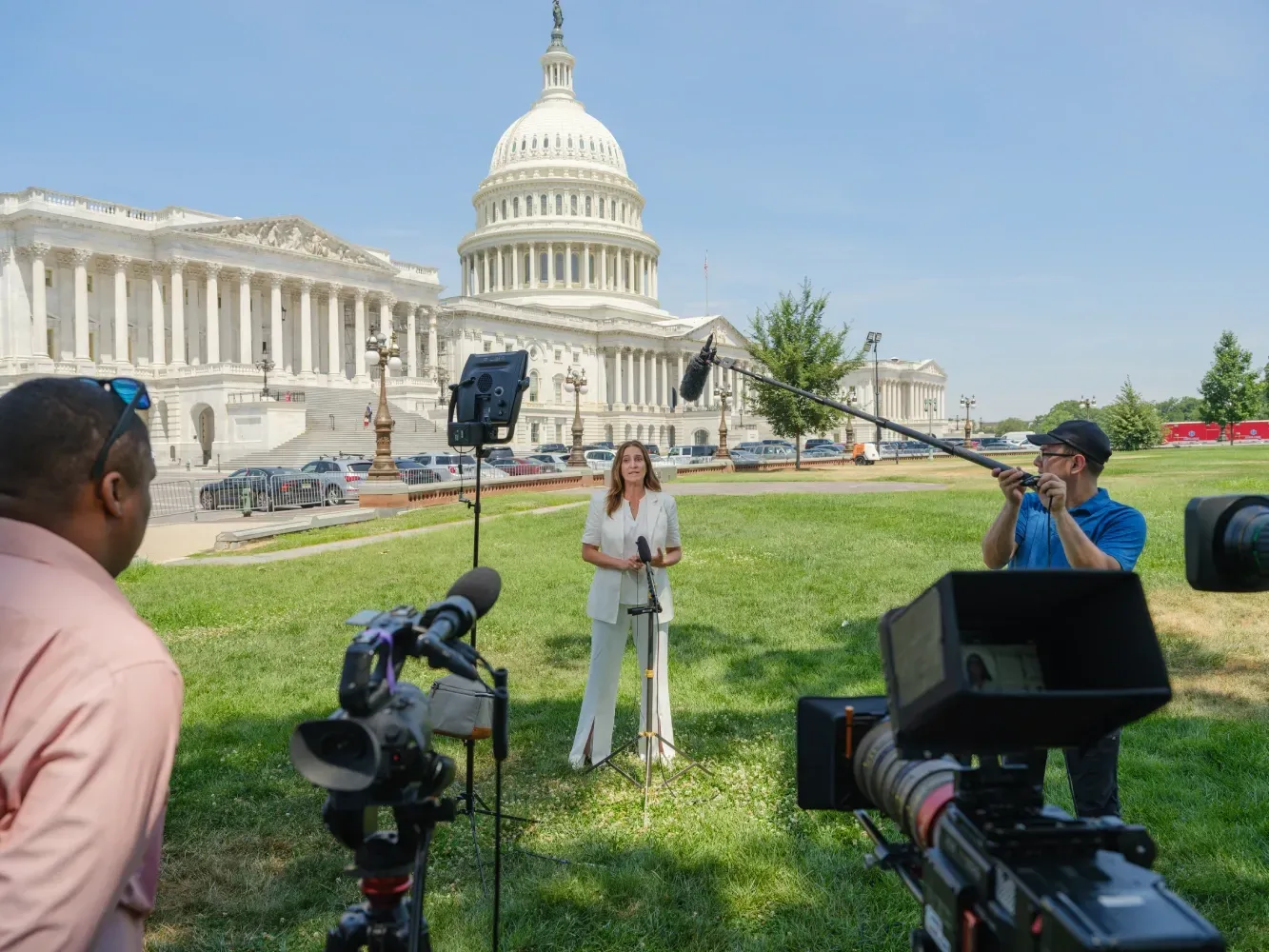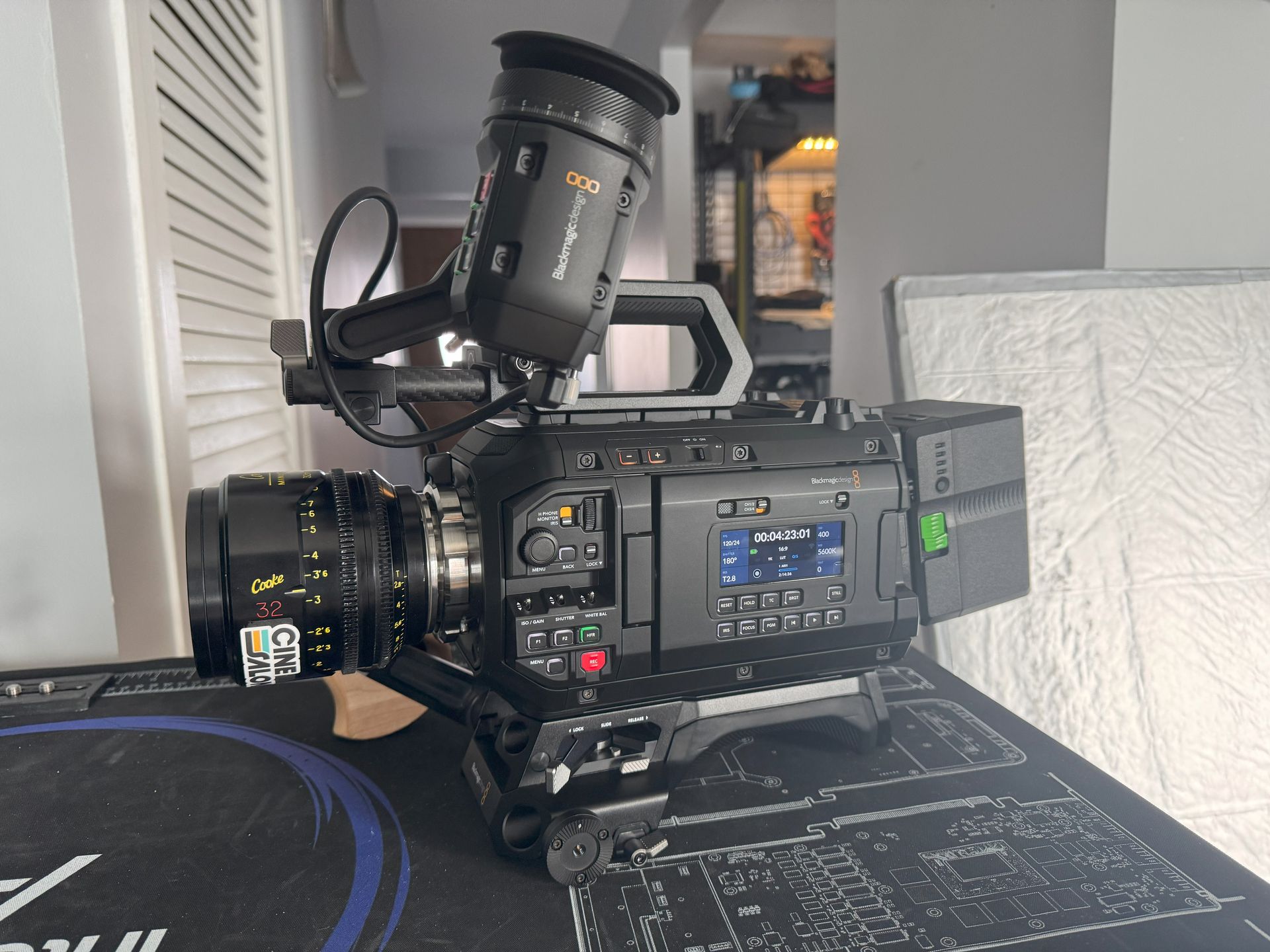
Over the years, the way we watch videos has changed a lot. In the past, we used to gather around a TV set. This was the main way we watched movies and shows. But things have changed a lot since then. The rise of the internet has transformed how we consume video content.
We have moved from VHS tapes and DVDs to streaming platforms like Netflix and YouTube. We can watch videos on our phones, laptops, and tablets. We can do this anytime and anywhere.
The Relevance of video consumption in 2023
Fast forward to 2023, video consumption has become a crucial part of our lives. We rely on videos for entertainment, education, or staying updated with news and trends. It's not just about watching movies and TV shows anymore. From short, snackable videos on platforms like TikTok to long-form content on YouTube, we consume a diverse range of videos.
As a result, understanding the changing patterns in video consumption has become more important than ever. Whether you're a content creator, advertiser, or consumer, keeping up with these changes can help you make the most out of the video content.
We'll also explore the key trends shaping video consumption and discuss their impact on the industry.

Current State of Video Consumption in 2023
A. Statistics and data on global video consumption
As of 2023, global video consumption is on the rise. More than 4.5 billion people are now online. And a huge chunk of them are consuming video content regularly.
According to reports, the average person spends over 100 minutes a day watching online videos. That's a 19% increase compared to 2021. This shows the magnitude of video consumption in today's world.
B. Breakdown of video consumption by medium
Now, let's look at how people are watching these videos. Mobile phones continue to be the most popular device for video consumption. Almost 60% of video views come from mobile devices. This is largely due to the convenience and portability of smartphones.
Computers and laptops account for about 30% of video views. Meanwhile, Smart TVs and other connected devices represent around 10%. Smart TV use has grown, especially in households, offering viewers a more immersive viewing experience.
C. Overview of the main platforms and apps for video consumption
There are plenty of platforms for consuming video content in 2023. YouTube remains the most popular platform, with over 2 billion monthly logged-in users. But it's not the only one. Streaming services like Netflix, Amazon Prime, and Disney+ also boast millions of subscribers.
Other than that, social media platforms have become key players, too. Facebook, Instagram, and TikTok are heavily used for video consumption. Each has unique features that cater to different viewer preferences. From bite-sized videos on TikTok to IGTV on Instagram, these platforms offer a variety of content.
Video consumption's current state is dynamic and diverse. It's shaped by many factors, from technological advancements to viewer preferences. And as we move forward, it's clear that this trend of increased video consumption will continue.

Major Trends Shaping Video Consumption
A. Growth of Streaming Services
Streaming services have taken the world by storm. Platforms like Netflix, Amazon Prime, and Disney+ have grown rapidly. They offer a vast library of content, from TV shows and movies to documentaries and original series. With features like personalized recommendations, they have revolutionized the way we consume video content.
B. Emergence of Short-Form Video Platforms
Short-form video platforms are a big hit in 2023. Platforms like TikTok and Instagram Reels have grown in popularity. These platforms let users create and share videos that are typically less than a minute long. They cater to the decreasing attention spans of modern viewers. This trend has reshaped the content landscape, making it more dynamic and engaging.
C. User-Generated Content and Social Media
User-generated content has become a powerful force. Today, anyone can be a content creator. Thanks to platforms like YouTube, Instagram, and TikTok, more and more people are creating and sharing their videos. Live streaming has also taken off, especially on platforms like Twitch and Facebook Live.
D. Increased Consumption of Educational and E-Learning Videos
Educational and e-learning videos have also seen a surge in popularity. Platforms like Khan Academy, Coursera, and Udemy offer various online courses. Even YouTube has become a major source of educational content. This trend reflects how video has become a key learning and skill-development tool.
E. Virtual Reality and 360-Degree Videos
Finally, we have the rise of VR and 360-degree videos. These technologies offer immersive viewing experiences. They are especially popular in the gaming industry. But they're also entering other areas, like real estate and tourism. While still in its early stages, the use of VR and 360-degree videos is expected to grow in the coming years.
These trends show how video consumption is evolving in 2023. They also highlight the diverse range of content available to viewers. And with new technologies on the horizon, the future of video consumption looks promising.
F. The Rising Importance of Production Quality
In 2023, production quality has become more important than ever. As the market becomes saturated with video content, standing out is key. One way to do this is by ensuring high production quality.
Viewers today have a lot of choices. They can easily switch to another video if they are not satisfied. This means that creators need to capture their attention right away. And high production quality can help with this.
High-quality videos look more professional. They can enhance the viewer's experience. Good lighting, clear audio, and smooth editing are some of the elements that make a video high-quality.
Moreover, better production quality can increase the credibility of the content. Especially in sectors like education and news, this is crucial. Viewers are more likely to trust and engage with well-produced content.
In addition, platforms like YouTube and Facebook use algorithms to recommend videos. These algorithms often favor high-quality videos. This means that better-produced videos are more likely to get recommended to viewers.
Video messages may be easily recorded and sent to clients without a Hollywood budget, thanks to Vidyard, Bonjoro, and TwentyThree video tools.
G. Consumers Leaning into Their Passions
In 2023, consumers are increasingly leaning into their passions. This is changing the way they consume videos. They are no longer passive viewers. Instead, they actively seek out content that aligns with their interests.
Whether it's cooking, fitness, fashion, or tech, viewers are drawn to content that fuels their passions. They subscribe to channels, follow creators, and join online communities that cater to their interests. This leads to a more engaged and loyal audience.
This trend also affects the type of content being created. Content creators are focusing more on niche subjects to cater to specific interests. This allows them to build a dedicated fanbase.
For example, if someone loves gardening, they can find many videos on that topic. The content is tailored to their passion, from gardening tips to plant care tutorials. The same goes for any other interest, be it knitting, car repair, or video games.
In addition, platforms like YouTube and TikTok have algorithms that recommend content based on user interests. This makes it easier for viewers to discover videos that match their passions.
The trend of consumers leaning into their passions is reshaping video consumption. It leads to more personalized, engaging, and satisfying viewing experiences. And for content creators, it opens up new opportunities to connect with their audience.
Impact of the COVID-19 Pandemic
A. Increase in home video consumption during lockdowns
The COVID-19 pandemic has had a big impact on video consumption. When lockdowns started in 2020, people were stuck at home. As a result, they turned to video content for entertainment. Streaming services saw a surge in subscribers. Even after lockdowns lifted, this trend continued. People had become used to consuming more video content at home.
B. Long-term effects of the pandemic on viewing habits
The pandemic has also led to some long-term changes. For one, it accelerated the shift towards digital video. With cinemas closed, movie studios began releasing films directly to streaming platforms. This has changed the way we consume new releases.
Furthermore, the pandemic has made e-learning the new norm. Schools and universities shifted to online classes. This has increased the consumption of educational videos. Many predict that this trend will continue even after the pandemic.
The COVID-19 pandemic greatly influenced video consumption. It fast-tracked the shift towards digital video. It also paved the way for new trends and habits. These changes are likely to stick around for the foreseeable future.
Implications for the Industry
A. Changes in advertising strategies with the rise of ad-free subscription models
The rise of ad-free subscription models has changed advertising strategies. Traditional TV commercials are no longer as effective. Advertisers have to be more creative. They are now focusing on online ads, product placements, and sponsorships. For example, many brands collaborate with influencers and content creators for promotions.
B. Role of data analytics and AI in shaping video content and recommendations
Data analytics and AI are playing a big role in the industry. These technologies help platforms understand viewer preferences. They analyze viewing habits and use this information to recommend content. This not only enhances the viewer experience but also increases viewer engagement.
C. New opportunities and challenges for content creators and platforms
These changes also present new opportunities and challenges. For content creators, the digital space offers more freedom and reach. They can create content that appeals to a global audience. But it also means more competition. They need to innovate to stand out continuously.
Platforms need to balance content diversity and quality. They also have to deal with issues like copyright infringement and content moderation. At the same time, they need to keep up with changing viewer preferences and technological advancements.
In a nutshell, the changes in video consumption are reshaping the industry. They are redefining the rules of the game. And those who can adapt to these changes will thrive in this new era of video consumption.
Future Perspectives
A. Predictions and expectations for video consumption trends
Looking ahead, video consumption is expected to grow even more. The integration of new technologies will play a big role in this. Artificial Intelligence (AI), Augmented Reality (AR), and Virtual Reality (VR) will enhance the viewing experience. They'll make it more interactive and immersive.
We can also expect more personalized content. With the help of AI and data analytics, platforms will tailor content to individual viewer preferences. This will result in more engaging and relevant content for viewers.
B. Role of emerging technologies (5G, AI, AR/VR) in shaping the future of video consumption
The rollout of 5G will boost video consumption. With faster internet speeds, streaming high-quality videos will become easier. This will improve the viewing experience, especially for live streaming and VR content.
AI will continue to shape the industry. It'll play a big role in content creation, curation, and recommendations. It'll also help in predicting viewer trends and behaviours.
AR and VR will offer more immersive viewing experiences. They'll transform the way we watch videos. From virtual tours to interactive gaming experiences, the possibilities are endless.
The future of video consumption is exciting. With new technologies and trends, we'll see a lot of changes. These changes will redefine creating, sharing, and consuming video content.
Final Thoughts on How Video Consumption is Changing in 2023
In this paper, we have discussed the current state of video consumption in 2023. We have looked at how it's changing and the factors driving these changes. We have seen major trends, from the rise of streaming services to the popularity of short-form videos. The impact of the COVID-19 pandemic has also been significant. It has accelerated the shift towards digital video and e-learning.
We have also looked at how these changes are impacting the industry. They're changing advertising strategies and creating new opportunities and challenges. Data analytics and AI play a big role in shaping content and recommendations.
The lasting impact and significance of these changes for consumers and the industry
These changes have a lasting impact. They're changing how we create, share, and consume video content. And for the industry, they're creating a new landscape. A landscape where creativity, innovation, and adaptability are key.
The future of video consumption looks promising. Emerging technologies like 5G, AI, and VR/AR are set to bring about more changes. They'll make video consumption more interactive, personalized, and immersive.
In the end, understanding these changes is crucial. It can help us make the most out of video content. Whether you're a content creator, advertiser, or consumer, staying ahead of these trends can be beneficial.

Get total clarity on your video marketing and paid media with our FREE comprehensive data audit.







